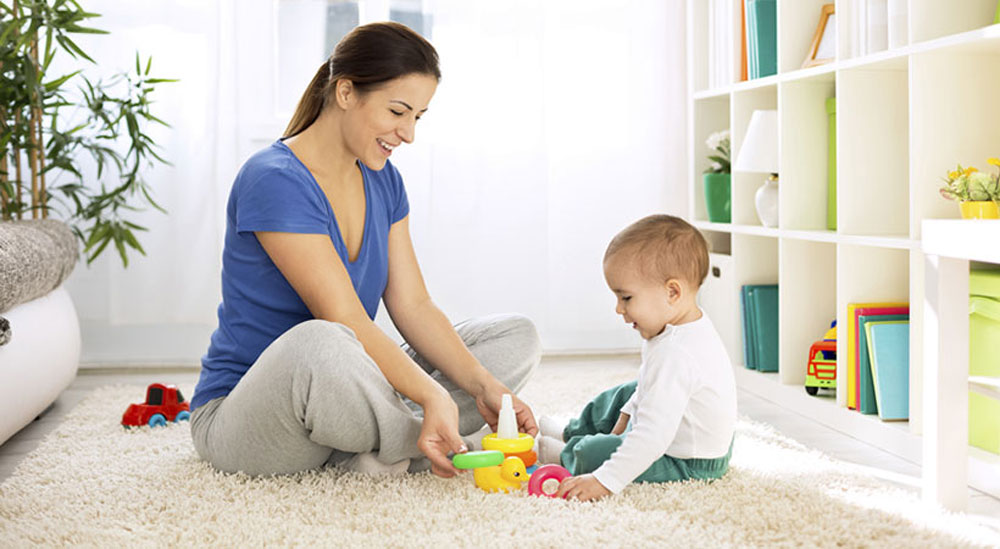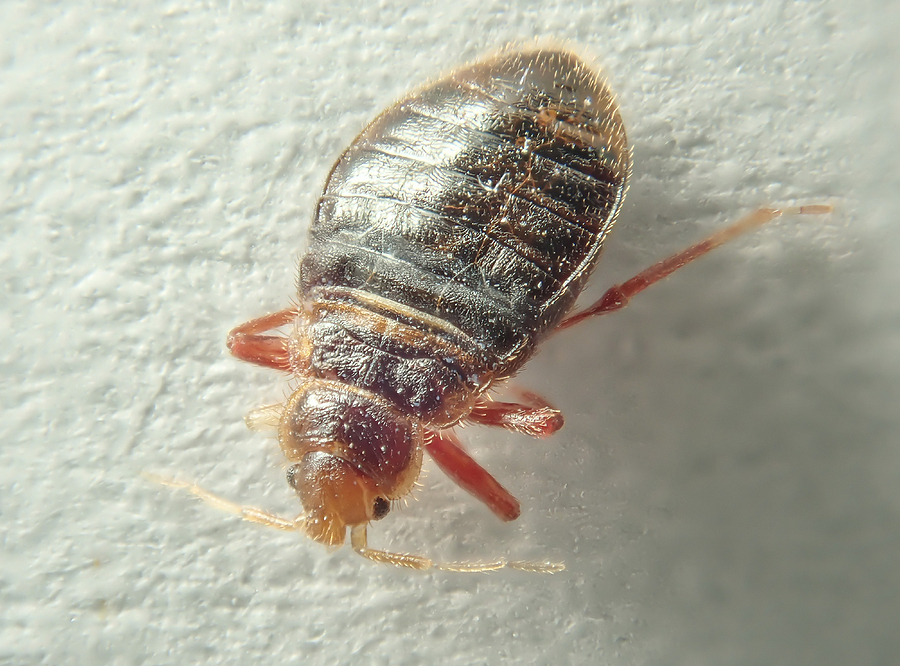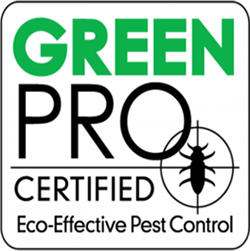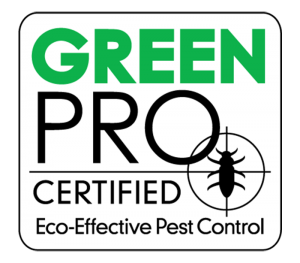How to Spot a Bed Bug Infestation
Bed bugs are truly frightful little critters that have gained a lot of notoriety over this last decade as they have invaded nearly every American city in hordes. When there’s a large-size infestation, unfortunately, it can be hard to stop, and many individuals have encountered these pests. We have some tips on how to spot an infestation as well as how to prevent one.
Finding an Infestation
If you’ve seen a bed bug, or think you’ve seen a bed bug, or woken up with red and itchy bites, you may begin to start frantically looking for an infestation. These can actually be hard to spot! The first thing you should do is stop and see if you can identify the bug you saw or the bite you have. Bed bugs are tiny, pear-shaped, brown, and flat. They look like tiny apple seeds. Baby, or juvenile bed bugs, look like clear small dust mites and may be harder to spot. The resulting bite from a bed bug can have a different reaction from people, but usually, it will be round and red, but not swollen like a mosquito bite.
The next thing to do is begin checking the area for signs of bed bugs. You should check any outer clothing that’s been outside in case you’ve brought in any other stragglers. The best places to check are areas that are well-used, like living room couches and beds. Bed bugs will gather where the people are, as that is their food source. Check in between and inside of cushions and around any wood parts, like couch frames, bed frames, etc. Bed bugs may hide in the joints of the furniture.
You may not be able to spot bed bugs as they hide all day and are very good at getting to the smallest areas. However, they leave behind signs like shed skin, eggs, and excrement, which will look like small brown dots or stains on your cushions or furniture frames. Another good idea is to check in the corners of walls, around moldings, and even in electrical outlets near where you usually sit. Take safety precautions if you’re checking the electrical outlets and don’t stick any objects inside. Just shining a light will do! Any small dark areas should be checked carefully and slowly with a flashlight!
A low-level infestation may be hard to detect because bed bugs are excellent at hiding. Most people first notice an infestation after waking up to multiple bites! Some individuals don’t have as much of a reaction to bed bug bites and may not even notice they are being bitten. This is why it is a good idea to do everything you can to prevent an infestation.
Prevent an Infestation and the Spread of Bed Bugs
Because these bugs are so small and hard to detect, prevention may be difficult but actively and regularly checking your furniture and clothing can help. Bed bugs are not a sign of uncleanliness, in fact, they don’t differentiate a messy house from a clean one. However, they can hide in papers and bookshelves, so it’s a good idea to clean those regularly to prevent all sorts of bugs.
After traveling on public transportation or going to any crowded event, it’s a good idea to check your outerwear, bags, and shoes for any bed bug stragglers that may have attached themselves to you. Setting a date to regularly inspect your furniture in your home is also a good idea. If you’re not sure what you’re looking for, you can hire professionals that will come and inspect your home for all sorts of bugs and pests and help you take care of the problem right away, keeping your home pest-free.
Getting Rid of Bed Bugs
Bed bugs are extremely hard to get rid of on your own. It only takes one to create a colony, and they are hard to kill. Store-bought pesticides may not work well if you don’t get all the right areas, and may not always be the best idea around children and pets. The best thing to do is to call in the professionals. The experts at Spence’s Pest Control can easily identify and eradicate an infestation.













